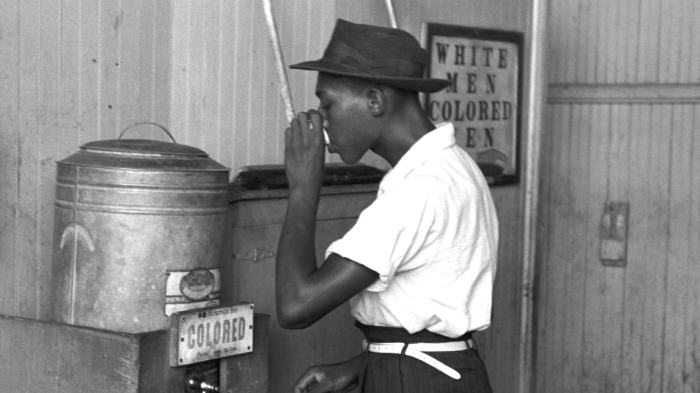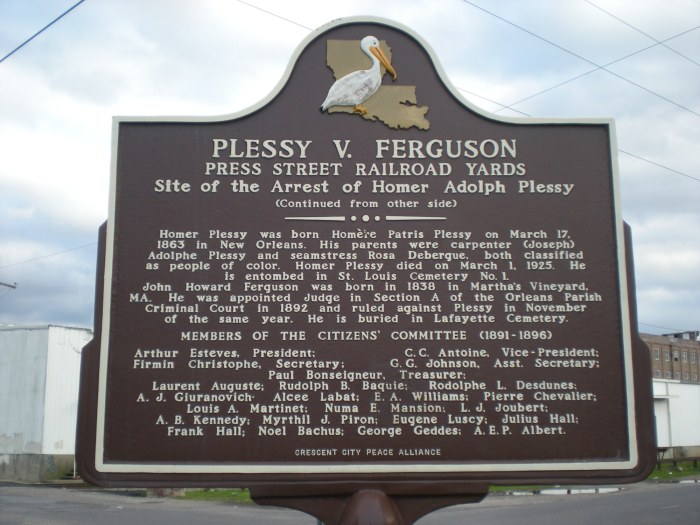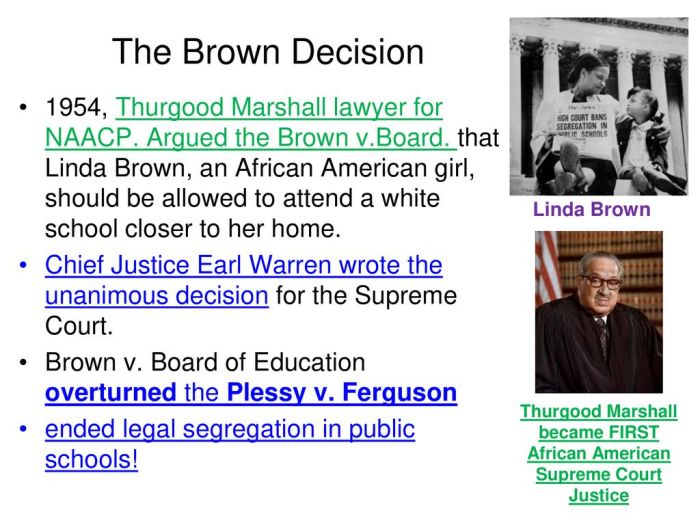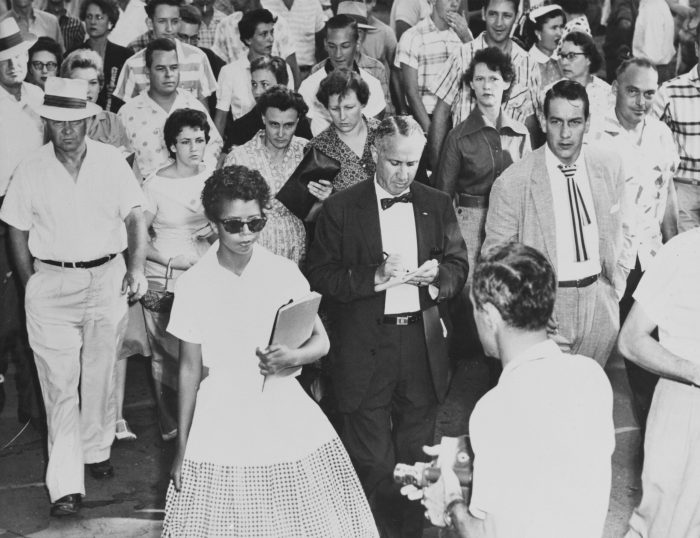Which statements summarize justice brown’s message check all that apply – Which statements summarize Justice Brown’s message? Check all that apply. This question delves into the profound and enduring legacy of Justice Brown’s message, inviting us to explore the key tenets of his philosophy and their lasting impact on the legal and social landscape.
Justice Brown, a towering figure in American jurisprudence, delivered a powerful and thought-provoking speech that resonated deeply with his contemporaries and continues to inspire generations. His words, imbued with wisdom and foresight, shed light on fundamental principles of justice, fairness, and the rule of law.
Historical Context of Justice Brown’s Message

Justice Brown’s speech was delivered in the wake of a tumultuous period in American history. The nation had recently emerged from the Civil War, and the wounds of that conflict were still fresh. The country was also grappling with the issue of Reconstruction, as the former Confederate states struggled to rebuild and rejoin the Union.
In this context, Justice Brown’s speech was a powerful call for unity and reconciliation. He argued that the nation could only move forward if it confronted its past and worked to ensure that all citizens were treated equally under the law.
Main Arguments and Principles, Which statements summarize justice brown’s message check all that apply
Justice Brown’s speech was based on the fundamental principles of justice and fairness. He argued that the law should be applied equally to all citizens, regardless of their race, religion, or social status.
Brown also emphasized the importance of the judiciary. He believed that the courts played a vital role in protecting the rights of individuals and ensuring that the government acted in accordance with the law.
Impact of Justice Brown’s Message
Justice Brown’s speech had a profound impact on American society. It helped to shape the nation’s understanding of justice and equality, and it inspired a number of important legal and social reforms.
In the years that followed Brown’s speech, the Supreme Court issued a series of landmark decisions that expanded the rights of African Americans. These decisions included the Civil Rights Act of 1875, which outlawed discrimination in public accommodations, and the Plessy v.
Ferguson decision, which established the principle of “separate but equal” facilities for blacks and whites.
Justice Brown’s message also helped to inspire the civil rights movement of the 20th century. Leaders such as Martin Luther King, Jr., drew inspiration from Brown’s words as they fought for equality and justice for all Americans.
Contemporary Relevance of Justice Brown’s Message
Justice Brown’s message remains relevant today. His principles of justice and equality are still being debated and contested in the 21st century.
In recent years, there have been a number of high-profile cases that have raised questions about the fairness of the American criminal justice system. These cases have highlighted the need for continued vigilance in ensuring that all citizens are treated equally under the law.
Justice Brown’s message is also relevant to the ongoing debate about race and equality in American society. His words remind us that the nation still has a long way to go in achieving the ideals of justice and equality for all.
User Queries: Which Statements Summarize Justice Brown’s Message Check All That Apply
What were the key arguments presented by Justice Brown in his speech?
Justice Brown argued that justice should be blind to race, religion, and social status. He emphasized the importance of due process and equal protection under the law for all citizens.
How did Justice Brown’s message impact the legal system?
Justice Brown’s ideas influenced the development of the Fourteenth Amendment to the U.S. Constitution, which guarantees equal protection under the law. His speech also helped to shape the Supreme Court’s interpretation of the Constitution and its application to civil rights cases.


